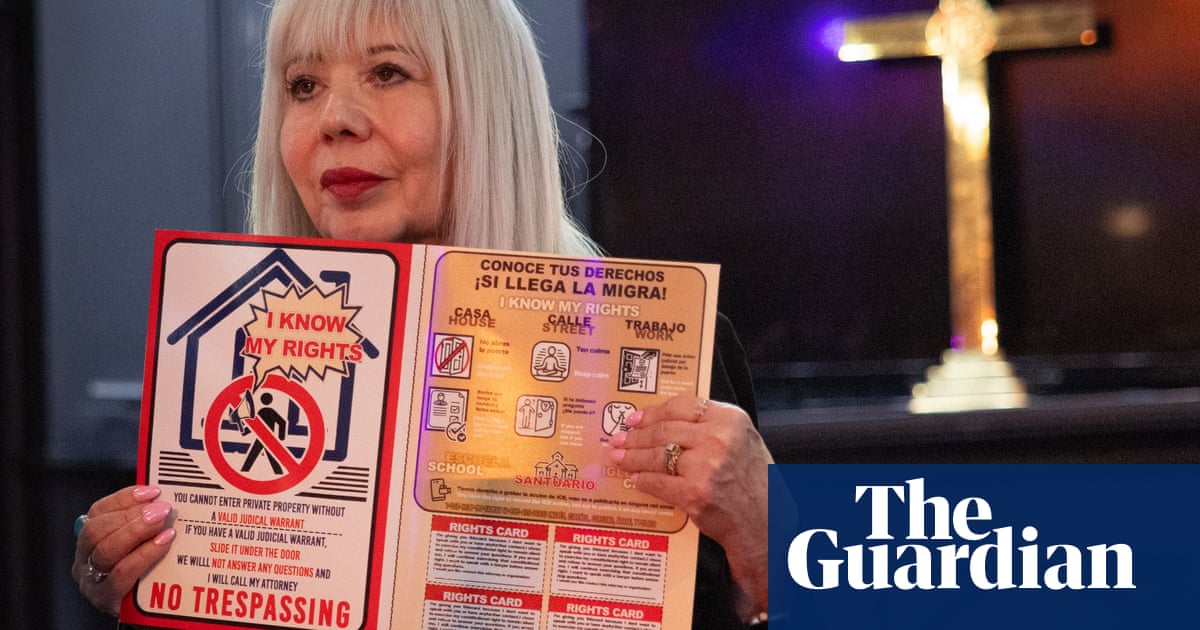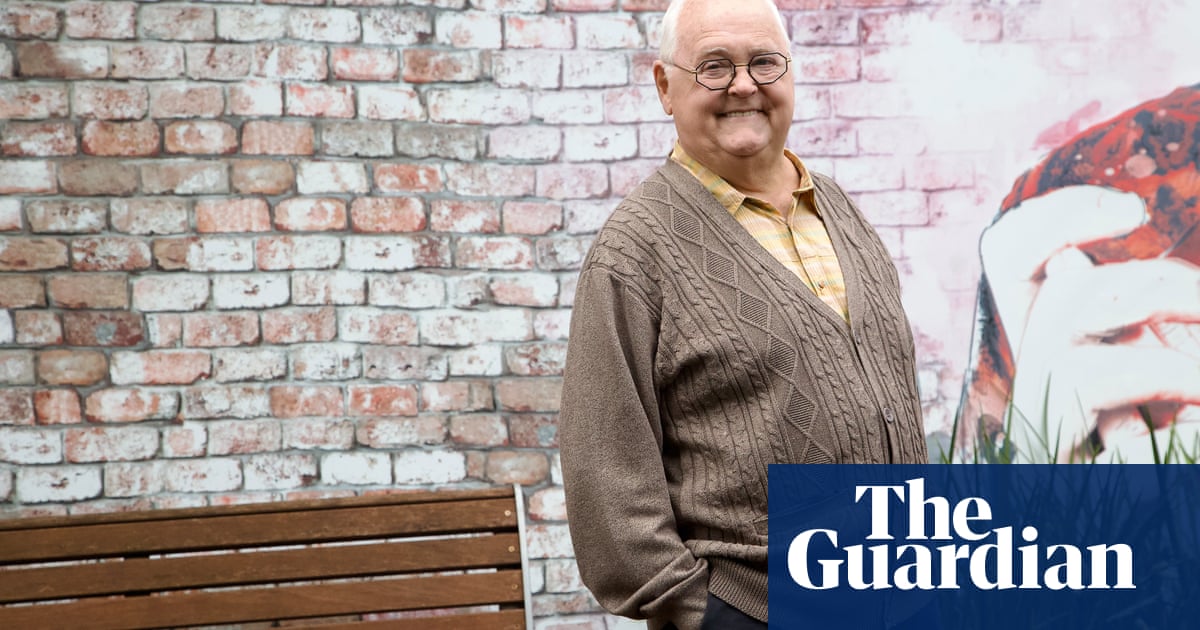Doubts about whether Peter Paul Rubens painted the Samson and Delilah picture in the National Gallery have been revived by new evidence.
Forty-five years after it was bought for a then record price, it is being dismissed as a 20th-century copy of a long-lost painting by the 17th-century Flemish master.
A detailed stylistic comparison between the painting and “undisputed” Rubens pictures will be presented in March by the art historian Euphrosyne Doxiadis in a book and a lecture at King’s College London.
She will argue that “the flowing, twisting brushstrokes that are so characteristic of Rubens are nowhere to be seen” in Samson and Delilah.
The painting depicts the Old Testament story of the Israelite hero Samson betrayed by the beautiful Delilah. Rubens is known to have painted such a subject between 1608 and 1609 for his Antwerp patron Nicolaas Rockox.

Doxiadis has compared, for example, the Venus and Cupid statue shown in the Samson and Delilah with the putto’s back from Rubens’ Minerva protects Pax from Mars in the National Gallery: “It’s just bad craftsmanship. In the 17th century, it would be considered an unacceptable fiasco.”

She said that Rubens would never have chopped off Samson’s toes and that such details differed from contemporary copies of his “lost” original. The toes feature in an engraving by Jacob Matham and a painting by Frans Francken the Younger.

She also has a witness account from the late Jan Bosselaers, a banker and art connoisseur, that contradicts the suggestion by the National Gallery that the painting’s back had been glued to a blockboard sheet “probably during the [20th] century”.
Bosselaers shared an old photograph of the picture out of its frame before its sale in 1980, suggesting it had been glued to a blockboard after that.
Michael Daley, the director of ArtWatch UK, who has researched the painting extensively – uncovering further evidence against the Rubens attribution – described the Bosselaers disclosure as “dynamite”.

“Knowing the picture was still a panel when it came to London in 1980 raises questions of why, and by whom, it was planed down and mounted on a sheet of blockboard.”
Daley obtained a document that shows the painting was bought in 1929 by a German dealer from a conservator called Gaston Lévy, a Brazilian who had been part of the Madrid circle of the Spanish artist Joaquín Sorolla y Bastida.
Doxiadis said: “I went straight to the Sorolla Museum. The minute I saw the first painting, I recognised the style of NG6461 [the painting’s inventory number]. Sorolla and his students, in keeping with the 19th-century tradition of art education, had been in the habit of copying old masters as an exercise in learning classical techniques.”
She suggests that Lévy and fellow students took on the challenge of recreating the lost masterpiece, based on contemporary copies. She discovered, for example, that Lévy visited the Munich museum that owns the Francken painting, staying on the same street.

She said: “I surmise that NG6461 is most probably a legitimate copy that Lévy and his fellow painters did under the supervision of their mentor, Sorolla, in early 20th-century Madrid. The missing toes can now be explained: when students make a copy of an old master, it’s an unwritten law that they should leave something out, in order not to seem as if they are trying to deceive.”
In 2021, AI tests by Art Recognition, a Swiss company, concluded a 91% probability of the artwork not being authentic.
Doxiadis claims that shortly before his death in 1997, Sir Isaiah Berlin, the philosopher who had served as a National Gallery trustee, told her privately that he believed her doubts were well-founded and that “the truth will come out in the end, it always does”.
The National Gallery and Christie’s declined to comment.

 3 months ago
51
3 months ago
51

















































